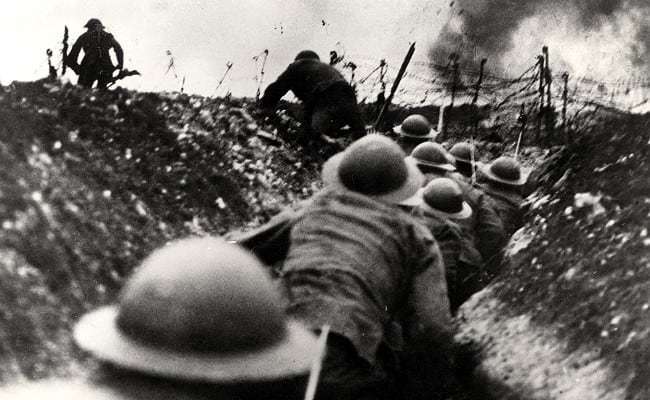The Battle of Somme was one of the biggest campaigns to be carried out over the course of WWI. Lasting an astounding 142 days, this battle has largely been remembered as one of the most destructive events of the war. Here, we’ve listed just a few of the more intriguing facts of the Battle of Somme, leading it to its place in military history.
7. The Somme Location Was a Strategic Move

The Western Front had reached a stalemate by 1916. Trench warfare had proven successful, giving both sides a leg up against their enemy. However, this also meant that new strategies were in order, to figure out a new plan of attack. The British were hoping for a win, and the French were anticipating the best course of action for removing the invasive Germans from their land.
This is where Somme’s location came into play. An offensive campaign would be perfectly launched from this point, due to the fact that it was the center point between the British and French lines. This would give both armies a chance to play their part in gaining an Allied victory.
But the planning proved to take too long; the Germans reacted first, launching an attack on the French at Verdun. French resources were quickly put to use fighting the Germans, leaving the British to take the majority of the hit for the Somme campaign.
With efforts to draw away German resources from Verdun, the plan at the Somme now had an even greater responsibility to be successful.
6. Multiple Strategies Were in Motion Before Deciding on an Official Plan

The British Commander-in-Chief, General Haig, was directing the plan for the Battle of Somme. His strategy was to break through enemy defenses and use that surprise opening to bring in the full-bore attack from their surrounding forces. The Pozières Ridgeline appeared to make the best opportunity for a breakthrough, while a second attack in the north at Gommecourt would provide a useful distraction.
General Rawlinson was on board to take control of the first attack, as Commander of the 4th Army. His experience led him to believe that a better option would be integrating “bite and hold” tactics, which meant progressing in small advances, only to come back together at their final destination.
Eventually, the men made a plan of attack to compromise and use a combination of both strategies – though the final plan wasn’t ideal for either officer.

